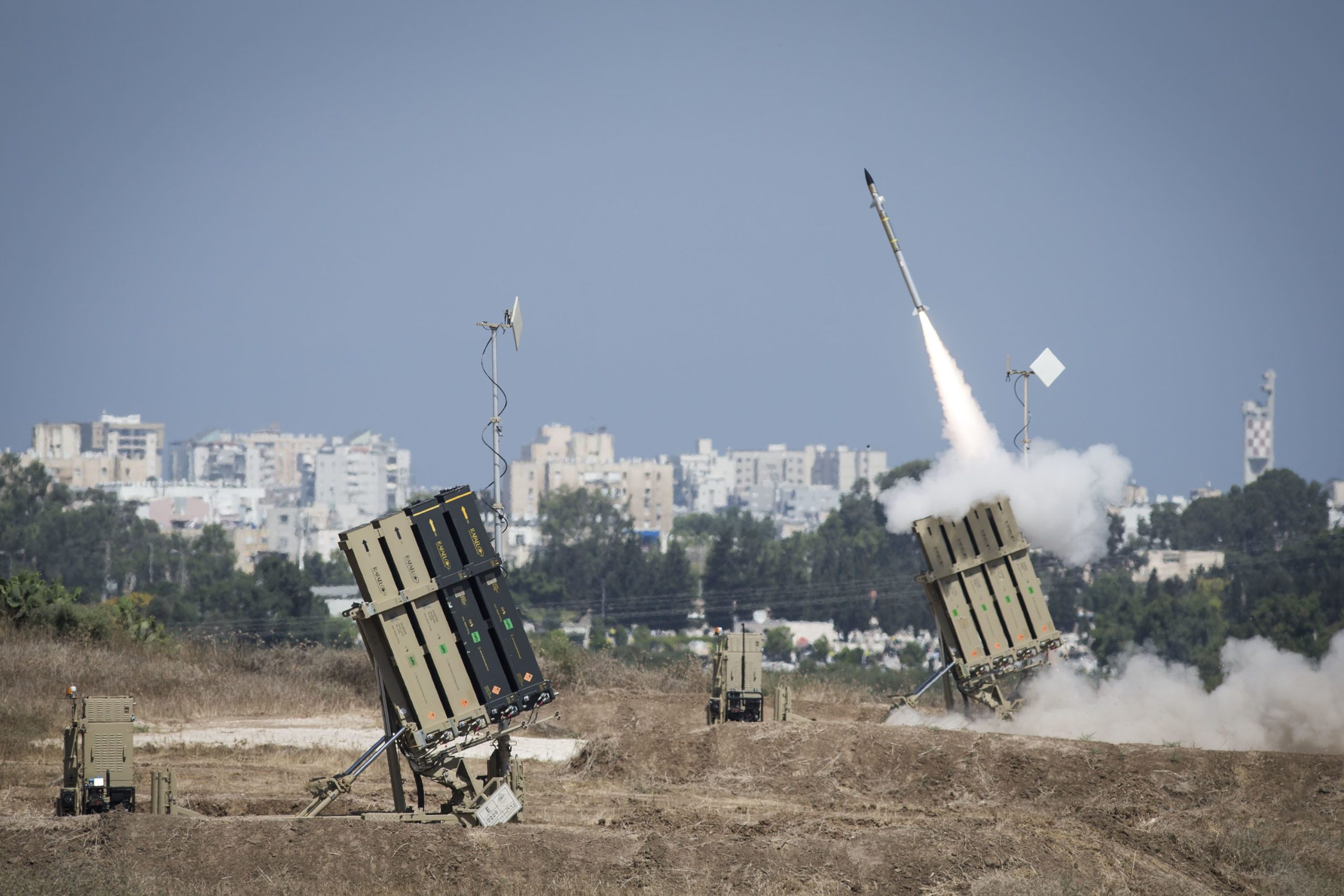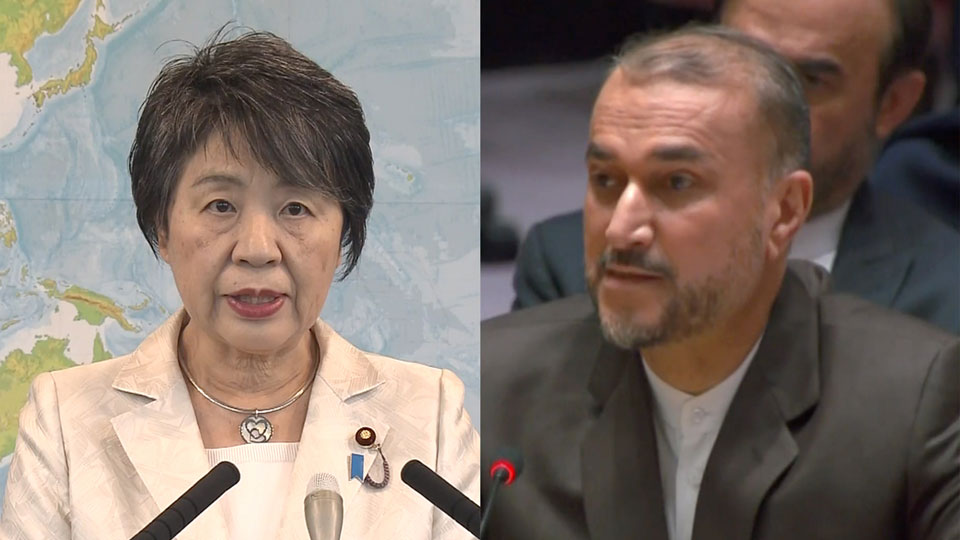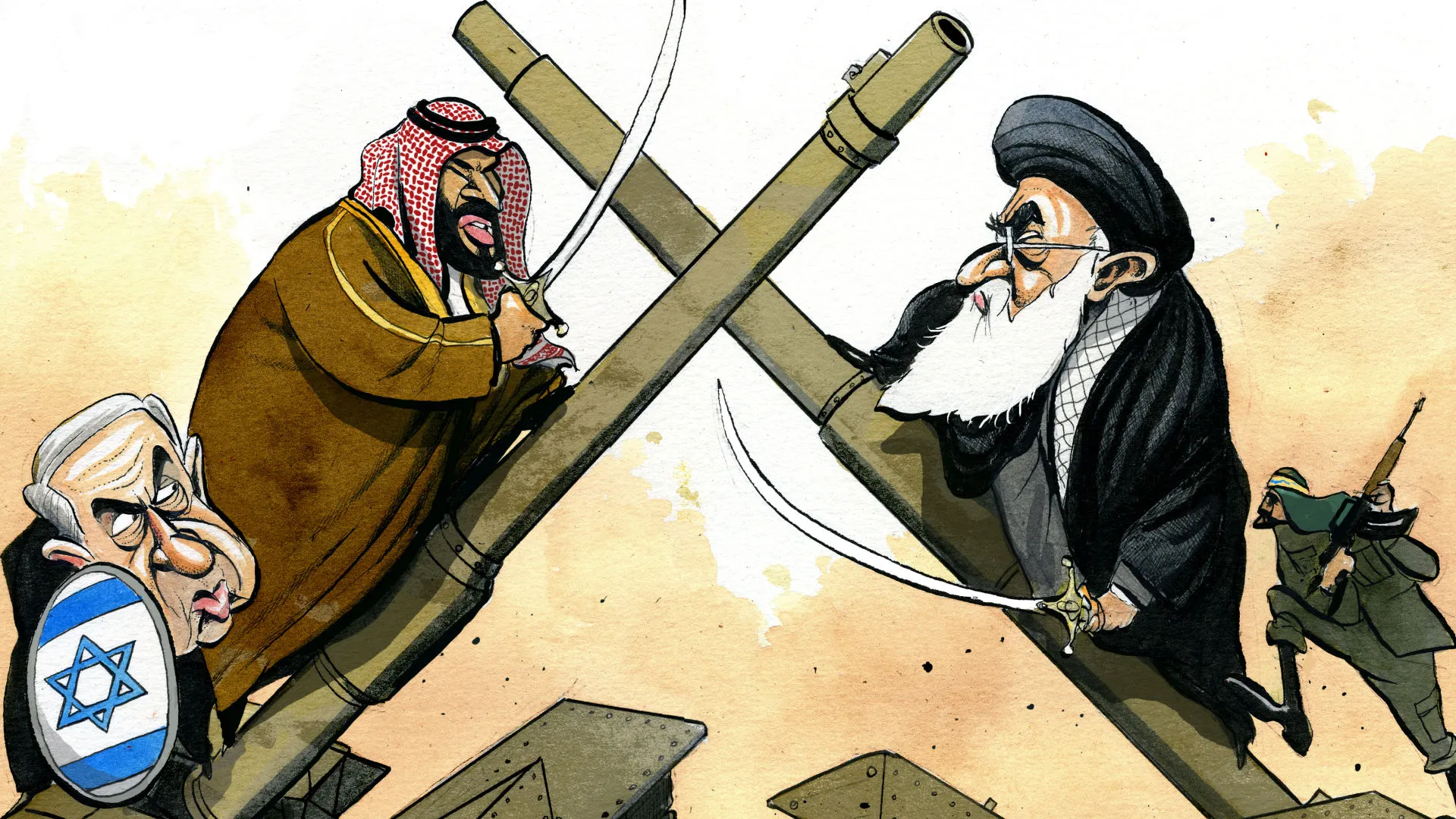
At first glance, the simmering tensions between Iran and Israel might seem like an enigma easily lost in the quagmire of Middle Eastern politics. Yet, in the shadowy ranks of this ancient feud, an arms race of epic proportions is unfolding. The ‘Iranian Salvo’ – — a term marked in the annals of modern warfare, is not only reshaping the state of military engagement, but also leaving a pressing question: What exactly are the weapons used in these attacks?
This article takes a deep dive into the belly of the Iranian Salvo, breaking down its components, and ultimately de-mystifying the technological warfare in the 21st-century’s battlefields. Buckle up – as we navigate through nanastoto diplomatic hurdles, geopolitical minefields, and technological advancements, shrouded within the clandestine lashes of the Iran-Israel conflict.

Historical Context of Iran-Israel Relations
The Iran-Israel feud dates back to the mid-20th century, with Iran being the first Muslim-majority country to recognize Israel as a sovereign state after its establishment in 1948. However, the camaraderie was short-lived, as the Iranian Revolution of 1979 sparked a significant shift in the political landscape, morphing the diplomatic relations into a bitter enmity. This oscillating dynamic has been the cornerstone of the Middle East’s political chessboard, with the Iran-Israel conflict being its most volatile variable.
Over the years, the countries have been embroiled in numerous covert operations, cyber attacks, and direct confrontations. These actions have not only intensified the animosity but have also made the conflict an international concern. The Iran-Israel conflict isn’t just a bilateral issue; it’s a global one, with implications that go beyond the region’s boundaries.
Despite the relentless diplomatic efforts to mitigate the situation, the conflict has only escalated, reaching a boiling point with the ‘Iranian Salvo’. This military strategy, marked for its use of advanced weaponry, has not only intensified the warfare but also transformed the dynamics of military engagement in the Middle East.
Understanding Iranian Military Capabilities
Iran’s military prowess is formidable, with its ground forces, naval capabilities, and air defense systems being some of the most advanced in the Middle East. The country has a comprehensive defense industry that allows it to manufacture a variety of weapons, including ballistic missiles, drones, and other sophisticated armaments.
The Iranian military’s backbone are its ballistic missiles, which have a range of up to 2,000 kilometers, enabling them to reach almost any part of the Middle East. These missiles are not only conventional weapons but also carriers of nuclear warheads, making Iran a potential nuclear power.
In addition to its ground forces, Iran has also invested heavily in its air and naval capabilities. Its air force, equipped with a variety of attack aircraft and drones, is a significant threat to its adversaries. Similarly, its navy, armed with a fleet of submarines and warships, is capable of defending Iran’s interests in the Persian Gulf and beyond.
The Weapons in Iranian Salvo
The Iranian Salvo is not a singular weapon, but a combination of ballistic missiles, drones, and cyber warfare tools. The ballistic missiles, with their long-range capabilities, are the primary offensive weapons. They are capable of carrying conventional, chemical, and potentially nuclear warheads, making them a significant threat to any adversary.
In addition to the ballistic missiles, Iran has also employed drones in its military strategy. These unmanned aerial vehicles (UAVs) are used for surveillance, reconnaissance, and targeted attacks. They are capable of flying at high altitudes and covering long distances, making them ideal for covert operations.
Furthermore, Iran has demonstrated its cyber warfare capabilities, using them to target Israel’s critical infrastructure and military systems. These cyber attacks, coupled with the physical attacks, form a comprehensive offensive strategy that is difficult to counter.

Decoding the Strategy Behind Iran’s Attacks on Israel
Iran’s attacks on Israel are not random acts of aggression, but well-planned and strategically executed operations. The primary objective is to weaken Israel’s military capabilities, disrupt its economy, and create a sense of insecurity among its population.
Moreover, the attacks are also aimed at deterring Israel from taking any unilateral action against Iran. By demonstrating its military prowess, Iran intends to discourage Israel from initiating any military confrontations.
Furthermore, the attacks serve as a message to the international community, particularly the United States and its allies, about Iran’s military capabilities and its willingness to use them. This is a critical component of Iran’s foreign policy, aimed at securing its interests and asserting its influence in the region.
The Impact of Iran’s Attacks on Israel and the Region
The Iranian attacks have left a significant impact on Israel and the broader Middle East. They have not only heightened the security concerns but also triggered a regional arms race, with countries investing heavily in their defense systems.
The attacks have also caused considerable damage to Israel’s economy, with the cost of damage to infrastructure and the subsequent repair work running into millions of dollars. This economic impact, coupled with the psychological toll on the population, has compounded the challenges for Israel.
Moreover, the attacks have destabilized the region, disrupting the delicate balance of power. They have exacerbated the tensions between Iran and its regional adversaries, particularly Saudi Arabia and the United Arab Emirates, further complicating the geopolitical dynamics in the Middle East.
International Response to Iran’s Actions
The international response to Iran’s actions has been mixed, with some countries condemning the attacks, while others have remained silent. The United States, a staunch ally of Israel, has been at the forefront of the condemnation, imposing sanctions on Iran and providing military aid to Israel.
Despite the widespread condemnation, there has been a lack of consensus on how to address the situation. While some countries have advocated for a diplomatic solution, others have called for a more aggressive approach. This divergence in views has made it difficult to forge a unified response, further complicating the situation.
Moreover, the international community’s inability to deter Iran from continuing its attacks has raised questions about its effectiveness in dealing with such crises. It has also highlighted the need for a more robust international security framework to prevent such conflicts from escalating.

Israel’s Defense Systems Against Iranian Attacks
In response to the Iranian attacks, Israel has bolstered its defense systems. Its Iron Dome missile defense system has been instrumental in intercepting the Iranian rockets, minimizing the damage. The Iron Dome, coupled with the Arrow and David’s Sling missile defense systems, forms a multi-layered shield that can counter a variety of threats.
In addition to its missile defense systems, Israel has also invested in its cyber warfare capabilities, using them to counter the Iranian cyber attacks. Its cyber defense units have been successful in thwarting several attacks, protecting its critical infrastructure from major disruptions.
Moreover, Israel has leveraged its intelligence capabilities to preempt the Iranian attacks. Its intelligence agencies, known for their effectiveness, have played a crucial role in identifying and neutralizing potential threats.
The Future of Iran-Israel Relations
The future of Iran-Israel relations is uncertain, with the ongoing conflict showing no signs of abating. The escalating tensions, coupled with the regional dynamics and international response, make it difficult to predict the course of this relationship.
However, one thing is clear – unless there is a significant shift in the political landscape, the conflict is likely to continue. This not only poses a threat to the regional stability but also to the global security, necessitating a comprehensive solution.
The international community, particularly the United Nations, has a crucial role to play in resolving this conflict. It needs to facilitate a dialogue between the two countries and encourage them to pursue peaceful means to resolve their differences.
Conclusion
The Iran-Israel conflict, marked by the Iranian Salvo, is a complex issue with deep historical roots and wide-ranging implications. It is a reflection of the shifting dynamics of modern warfare, characterized by the use of advanced weaponry and cyber tactics. If you found this article enlightening and are interested in exploring more about global religious figures and their cultural impacts, consider reading our article on Santan. Dive into the history, myths, and cultural significance of this complex figure across various traditions. Thank you for joining us on this journey through the shadows of modern warfare.








